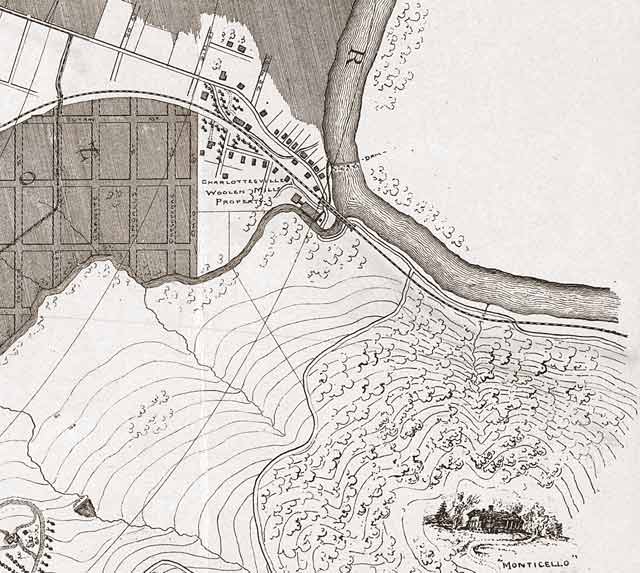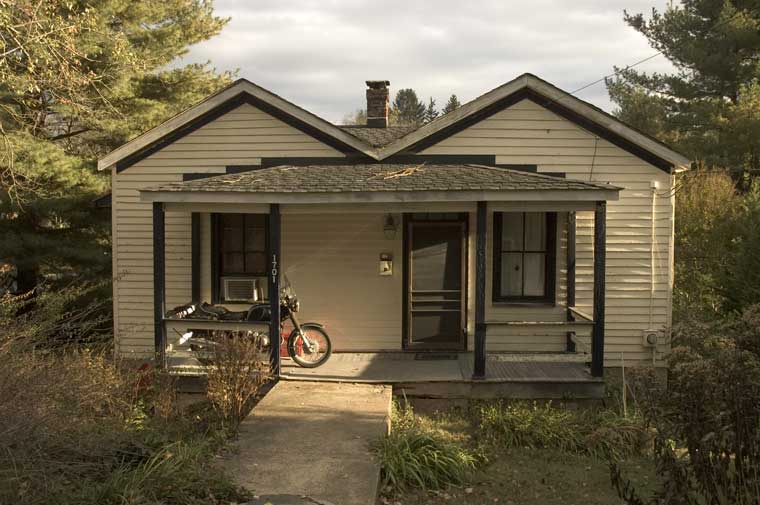active local support

The period from 1865 to 1881 brought the Charlottesville Woolen Mills to maturity. This coming of age was achieved first in the adoption of an efficient corporate structure, later through the production of fabrics of sound quality, and finally in the successful quest for a wide-spread market. It seems clear that what accomplishments were attained can be laid in part to fortunate style changes which permitted the mill to use its labor to best advantage, and to active local support of the enterprise. But credit must also be given to the able leadership of Henry Clay Marchant, under whose direction the company in the decades ahead built up an admirable reputation for quality cloths and continued to expand in the more nourishing environment of a New South. To these developments we must now turn.--Harry Poindexter
Labels: maps, Poindexter History



